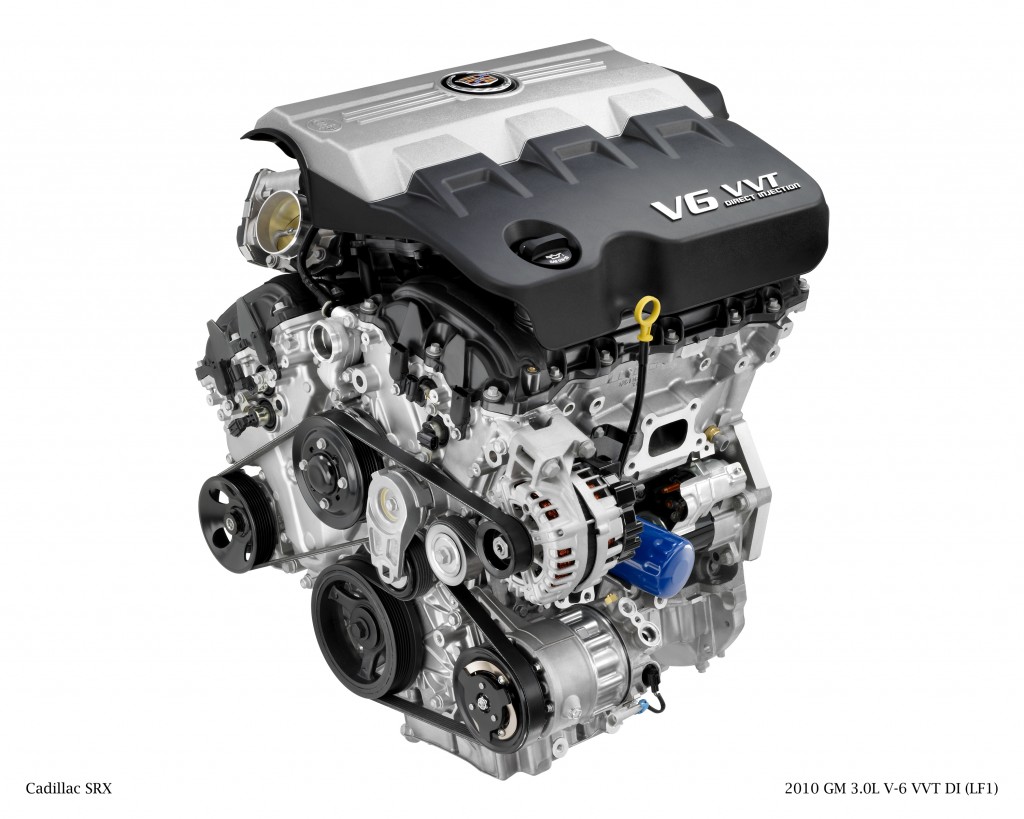Motor Trend did an early test drive and acceleration test on the 2011 Mustang with 3.7L V6 engine, managing a surprising 0-60 time of 5.1 seconds from the base Mustang. Why does this matter on a Cadillac blog?
The base Mustang competes directly and aggressively with the V6 Chevrolet Camaro. The current 304 hp V6 Camaro outsells the current Mustang, partially because it out-accelerates the 2010 Mustang V6, which got the old 210 hp 4L engine. The new hotter base Mustang with the new 3.7L DOHC V6 makes 305 hp, and will ‘put the hurt’ on the current V6 Camaro, if the Mustang consistently manages 0-60 times of around 5.1 sec and the Camaro does the deed in around 6 sec. Similar hp, but the Camaro is heavier.
To respond, Chevrolet will need to pump up the volume on the LLT DOHC DI V6, perhaps by 40-50 hp to overcome the Camaro’s weight disadvantage. Generally in this weight class, 10 hp = 0.2 sec difference in 0-60 time. BTW, another thumb rule in this class is that 100 lbs = 0.1 sec difference. So the Camaro needs a minimum of another 30 hp, but another 50 hp would be safer. So that means getting the LLT V6 up to 350 hp.
This is an exciting development for Cadillac because the CTS family shares the LLT V6 with the Chevrolet Camaro. So hopefully any ponies that GM Powertrain prepares for the Camaro will go right in to the CTS as well. Doesn’t always work that way, but the current CTS is also coming in high in its class for the acceleration tests, so that makes a good case for sharing.
What can GM do to increase the V6 output? Tuning the LLT to run up to 7,000 rpm should get it to 325 hp. Since it is a variable valve timing engine, there is no disadvantage to tuning at the top end. Work on a more header-like exhaust manifold, and improve the exhaust port flow on the LLT should yield 20-30 hp, which would put the engine at 345-355 hp, with almost no recurring increase in cost for the power train.
Oh sure Bruce — if it is that simple why doesn’t GM do that already? Because the LLT was meeting the design spec already — a great high value V6 that puts out more than 300 hp smoothly and with great MPG. But now we need the more, and GM Powertrain needs to turn up the wick and send us a 350 hp LLT.




